
Structured Cabling Benefits for Security Systems – Part 2
 As discussed in Part 1, the transition to IP-based security products along with the rapid increase in business applications has resulted in end-users expecting greater video, audio, and data integration. These items require delivery over a standardized structured cable system. The following are the benefits offered by structured cabling for security systems.
As discussed in Part 1, the transition to IP-based security products along with the rapid increase in business applications has resulted in end-users expecting greater video, audio, and data integration. These items require delivery over a standardized structured cable system. The following are the benefits offered by structured cabling for security systems.
Standardization
The infrastructure of a structured cabling system utilizes the same cabling for conveying all forms of data. This enables the standardization of Ethernet, VoIP, CCTV, access control, along with all other data and communications systems. Standardization allows a structured cabling system to function with numerous systems and protocols in the present and during the service life of the permanent links installed.
Reliable
A structured cabling system will be able to support equipment from multiple vendors, allowing the support of hardware and applications during expansion and switching to other vendors. This capability makes a cable system more reliable because it helps avoid having to reconfigure or replace cabling during technological upgrades or the addition of new devices.
Flexible
Re-configurations involving transferring equipment such as a computer, CCTV camera, or a VoIP phone to another area are made easier by a structured cabling system, which provides the spine for plug and play applications. The shift to TCP/IP, IEE802 packet data transmission enables agile networks that are capable of communication, opening the gateway to numerous purposed integrated systems.
Simpler Fault Diagnosis
Troubleshooting is made quicker and easier by structured cabling because of its segmented design, preventing a single point of failure that could crash an entire network. For the most part, fault diagnosis can be easily accomplished by a certified structured cabling tester, a device which can rapidly identify problems inside a cabling system.
Reusable Cabling
The instances of having to buy and pull new cable are significantly decreased, allowing a company to maximize its existing cabling infrastructure and save money. Structured cable also minimizes disruptions and downtime events because less cabling leaves more building area functional.
Future Proofing
Future installations of applications like CCTV, access control, multimedia, video conferencing, etc. will probably not experience upgrade issues, making structured cabling a worthwhile investment for the foundation and future of a company.
Part 3 will cover the Challenges and Planning of a Structured Cable System.
Network Cabling
When work requires a unionized cabling group, call on Progressive Office Inc. for your commercial Cat5e/6/6a and fiber cabling projects. Specializing in cabling for data, voice, security and the latest WiFi and LiFi solutions. Phone: (202) 462-4290

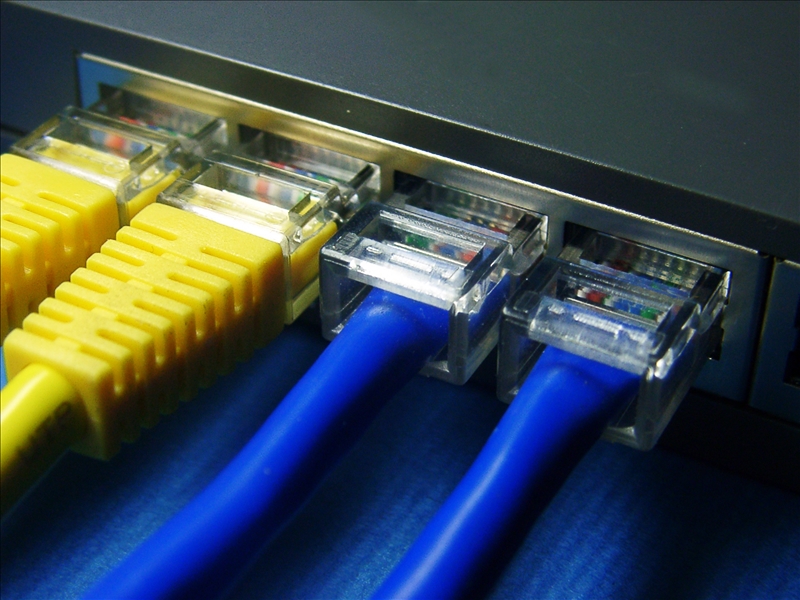
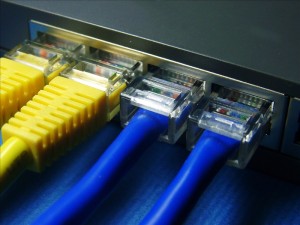 Academic institutions can garner all the benefits of the Internet age by integrating information and communications technology (ICT) with their teaching and learning environments. ICT is an extension of the term for information technology (IT), emphasizing the unification of telecommunications,
Academic institutions can garner all the benefits of the Internet age by integrating information and communications technology (ICT) with their teaching and learning environments. ICT is an extension of the term for information technology (IT), emphasizing the unification of telecommunications, 
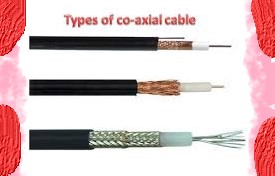

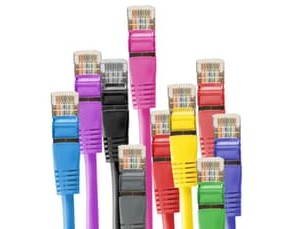
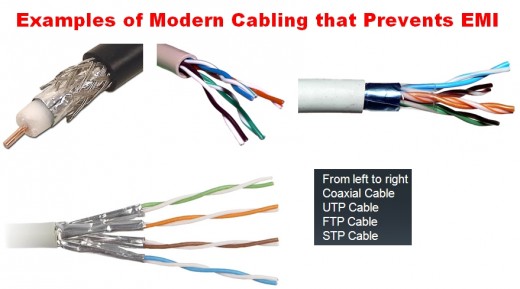
 As mentioned in Part 1, modern
As mentioned in Part 1, modern 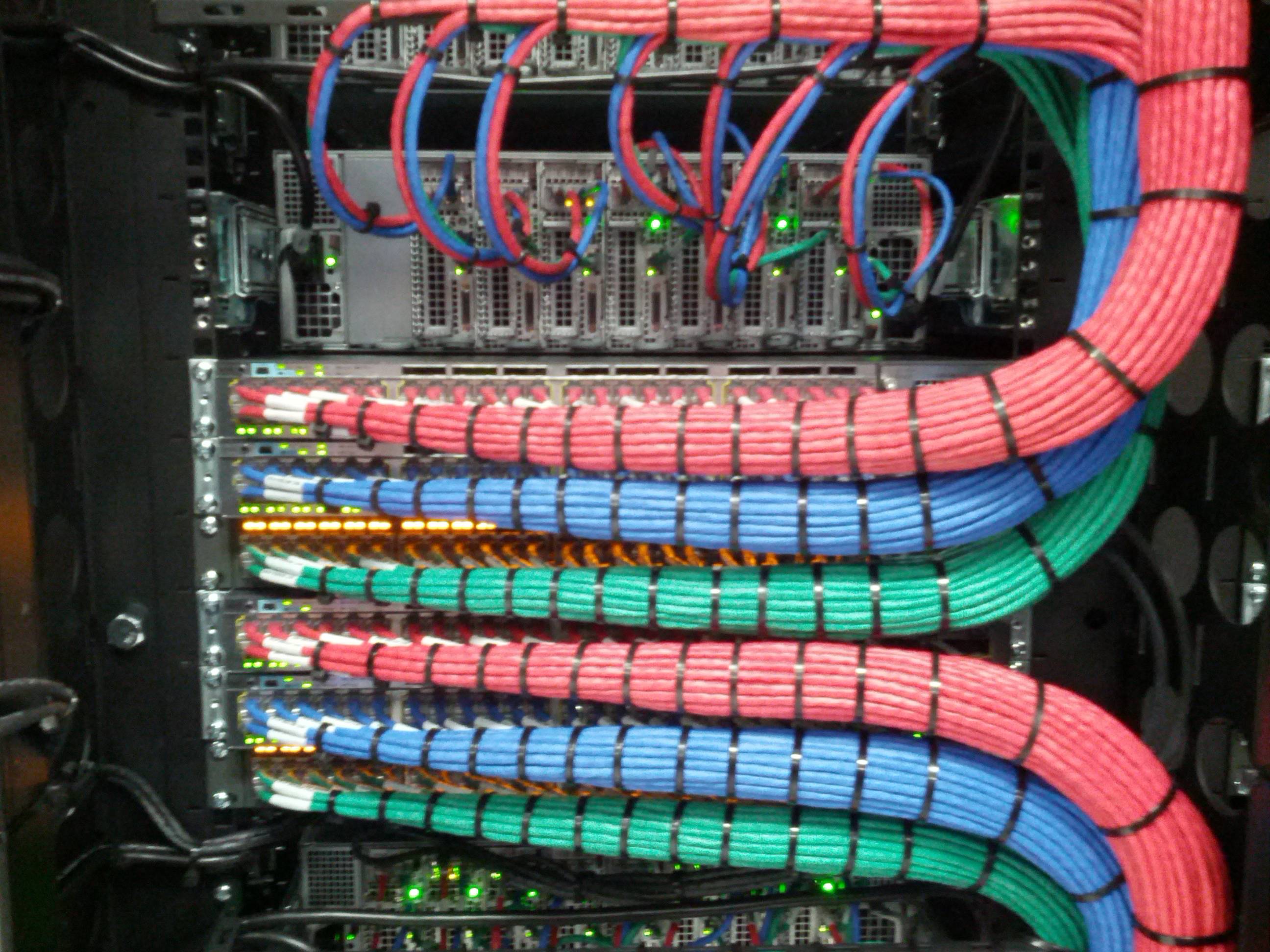
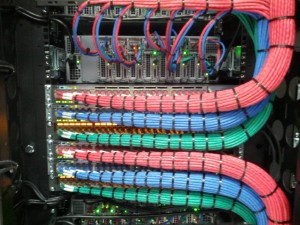 The structuring of cabling will result in better organization and easier management of the cables. If you are a building manager or business owner, you may already know a bit about
The structuring of cabling will result in better organization and easier management of the cables. If you are a building manager or business owner, you may already know a bit about 
 It is inevitable that applications requiring speeds greater than 100 Mbps and 1000 Mbps will increase. The growing use of wireless devices, high resolution images, HD video streaming, surveillance, and multimedia are straining the capacity of
It is inevitable that applications requiring speeds greater than 100 Mbps and 1000 Mbps will increase. The growing use of wireless devices, high resolution images, HD video streaming, surveillance, and multimedia are straining the capacity of 
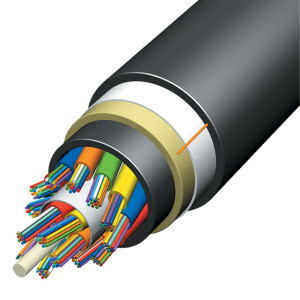 After their Milan working group meeting in 2015 regarding
After their Milan working group meeting in 2015 regarding